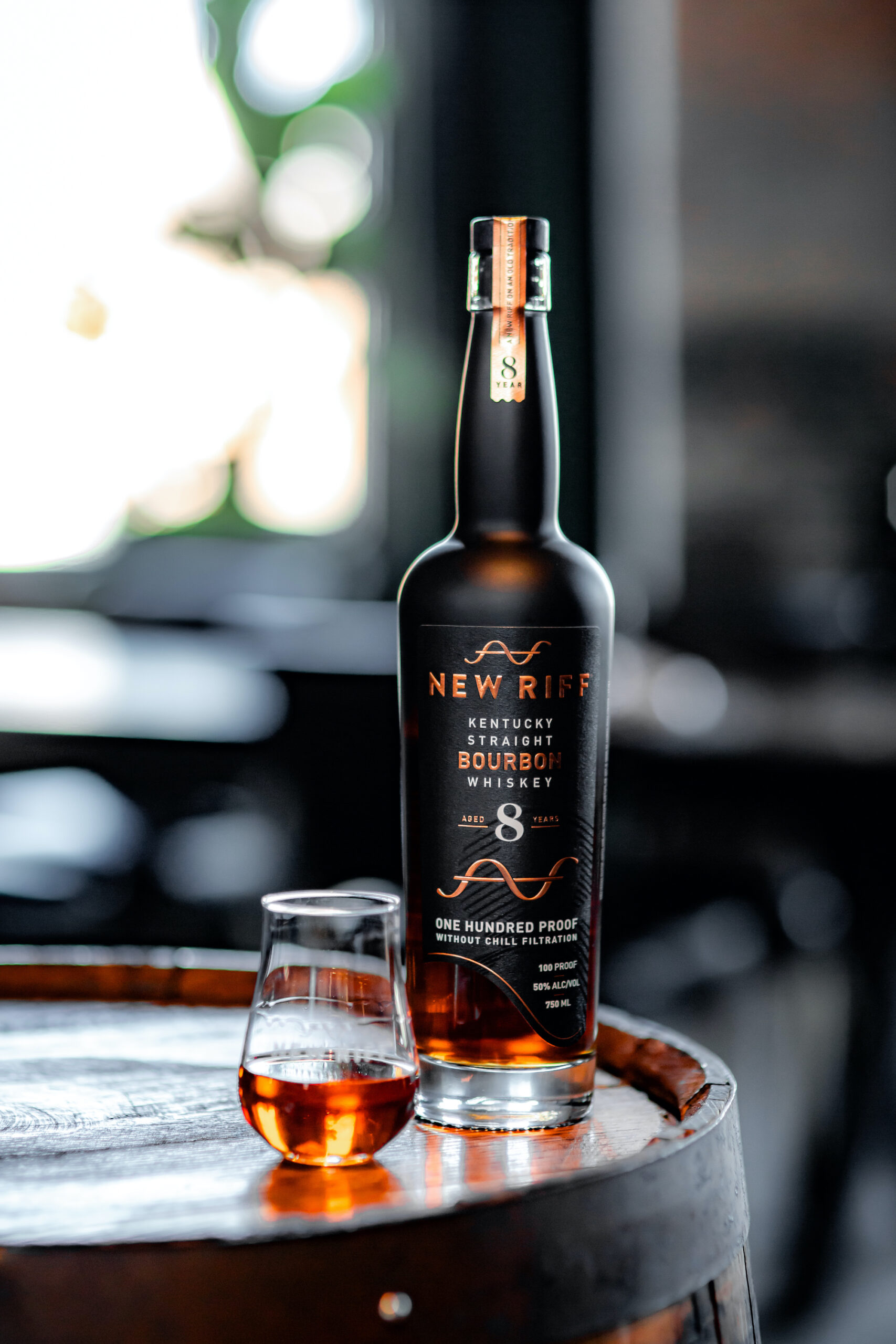We often get asked the question whether our ice cider is a wine or a cider. Ice cider seems to be an anomaly to a lot of people since it’s not carbonated and therefore doesn’t fit the general idea of what cider should be.
 Cider in general is associated with beer brewing rather than with wine making when in fact the production of serious cider differs not at all from wine making. You harvest once a year, crush and press the fruit, and ferment the juice. When people visit our cidery they are amazed that it is so similar to the wineries they’ve visited while on holiday in wine producing countries.
Cider in general is associated with beer brewing rather than with wine making when in fact the production of serious cider differs not at all from wine making. You harvest once a year, crush and press the fruit, and ferment the juice. When people visit our cidery they are amazed that it is so similar to the wineries they’ve visited while on holiday in wine producing countries.
So, I usually turn the question around. Think about wine. Wine comes in many shapes, red dry, white dry, sparkling dry, demi sec (half dry) whites, sweet white and red wines and so on. I’ve yet to talk to a consumer who questions that wine can be of many different styles and still be perceived as a wine.
Not to mention all those mass produced Bag In Boxes that we get a lot of in our market that has gone through so many industrial processes of “enhancement” (the addition of colouring, sugar and artificial acidity just to name a few) as to be very far removed from what it originally was. Still, defined by most people as a wine.
Just like in the case of that Bag In Box wine, because of the industrialisation, the lines are a little blurred to the majority of consumers (and some producers) on how to define a cider.
To me the word cider denotes a wine made from 100% apple juice (from pressed apples) rather than grapes. That’s it. And if you think about it that way, it all becomes a lot more understandable. If grape wine comes in many different guises then so will a cider. Sparkling cider, dry cider, still cider, sweet cider.
So, the answer really is simple.
Cider is wine made with apple juice rather than grape juice. In Germany still cider is called Apfelwein which is a great descriptive word for what you’re getting.
From our point of view the debate over what cider is and should be is sometimes amusing and sometimes exhausting and frustrating. It’s so simple and yet seems so hard to grasp for professionals as well as consumers.
Before we’d established ice cider as an actual thing in Sweden (because there is no definition of ice cider in Europe) we would answer questions on an almost daily basis in regards to what flavours our cider came in. “Apple” we would answer, which would be met by repeat questions and incredulity.
To most people the idea that cider only tasted of apple was hard to understand, the market flooded with cider that had a minimum amount of fermented apple juice added as an after thought, mostly made up of carbonated water, colourings, flavourings and stabilisers.
Imagine wine being sold with flavours, colouring and corrections that didn’t originate with the grapes themselves? Oops, again some are, but they’re still defined as wines.
A large part of the wine producing community wouldn’t dream of doing that to their product though.
buy cialis pack online https://www.conci.com/wp-content/themes/twentyfifteen/inc/new/cialis-pack.html no prescription
Simply because it’s not necessary. A well made, honest wine, regardless of price tag speaks for itself. It doesn’t need “enhancement”. Being a producer of grape wine, in Europe or anywhere, comes with a big set of challenges for sure but that doesn’t mean that there is a broad consensus among producers to completely alter the product that comes out of the winery in order to be able to sell it.
Part of the problem of course lies with the cider producing community itself. Cider seems to be one of those products where it is ok to have a lower standard of quality, where phenomena on both ends of the scale from bad fermentations and dirty cider making to colouring and flavouring is the rule rather than the exception.
We sometimes visit gatherings of craft cider producers where everyone bitches about not being taken seriously by the beverage industry in general and about not being seen as serious by the wine community in particular. If you go around tasting the ciders you get why. Even the simplest of an equivalent gathering of wine producers has a much higher threshold in terms of consistency and quality. So, as a group, cider producers want to be taken seriously, but sometimes, won’t do the work or take the risks necessary for the products to be consistently good or great.
buy filitra online https://www.conci.com/wp-content/themes/twentyfifteen/inc/new/filitra.html no prescription
In spite of there being good examples, standard bearers like Eric Bordelet, of what kind of product you can present when you take cider production very seriously, the majority part of the cider producing community seems to be content with less than great.
The unwillingness to stick to higher goals than “good enough” has commercial reprecussions. In Europe, in spite of there being some great producers, there is still no distinction when it comes to different level qualities within the cider segment. Industrially produced “ciders” that are mixed products with very little apple juice content are sold on the same shelf as premium ciders that are produced as meticulously as wines (and at the same cost for the producer).
Nine times out of ten, consumers will probably pick the less expensive industrial cider and on the odd occasion that they don’t, be disappointed that the farmhouse cider doesn’t live up to their expectations while costing as much as a bottle of wine.
This also shapes the channel through which cider is sold with most going through the beer channel and so shaping the products sold through it. Some forward thinking, ambitious, wine distributors and retailers stock great ciders but seeing as there are so few producers that correspond to a good wine retailers standards of quality, it’s hard to shape a shelf with a decent sell-through for premium ciders and long term sales falter.
A premium cider shelf sometimes seems a long way off and cider producers that want to reach further find themselves in a commercial no-mans land, producing something that is neither beer, nor cider, nor wine. We’ve certainly have had our fair share of that problem in the past five years being mainly a producer of a still sweet cider that, from the perspective of the consumer, should be sold on the dessert wine shelf, but, for reasons of European classification, is presented on the fruit wine shelf, where standards are not always, erm, as ambitious…
So the lack of standards on the part of the community inevitably hits the commercial viability of their own operations and hampers the development of a larger group of very ambitious cider producers. Most producers will understandably, in the face of going bankrupt, take the broader path and produce more of what the consumer expects rather than trying to spearhead other standards. Thus adding to the loop that won’t allow expectations or willingness to spend to rise.
Granted, some of the drive to experiment is a good thing. There are cideries that walk a fine line between straight up fermented apple juice and products that include other components as well and do it well, without compromising quality and honesty. Following the pattern of the craft beer boom the good examples will draw people into learning more about cider and form new opinions of what constitutes “real” cider, graduating as consumers.
So, to move the perception of what cider is, to change the image of cider as something that can be held to the same standard as great wines, the cider producing community needs to hold itself to a higher standard and dare to present products that have been made with the same attention to detail and pride that serious wine producers take for granted.
Eventually (hopefully) the discussion will be redundant. Great cider of course has to hold it’s own category. In the mean time Brännland Cider will keep claiming that good cider is, in fact, wine and hold ourselves to that standard.
/Andreas Sundgren Graniti, Brännland Cider









